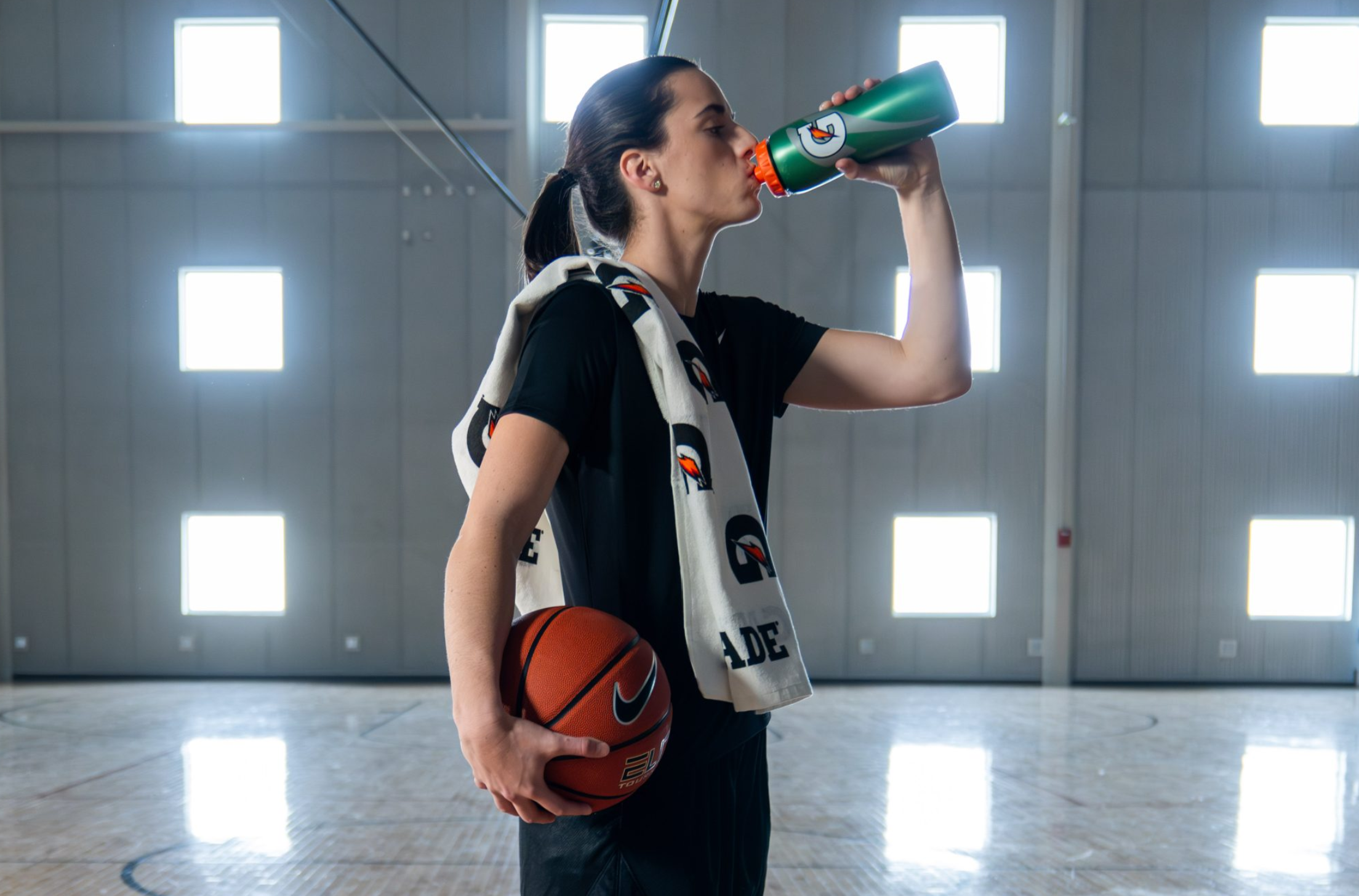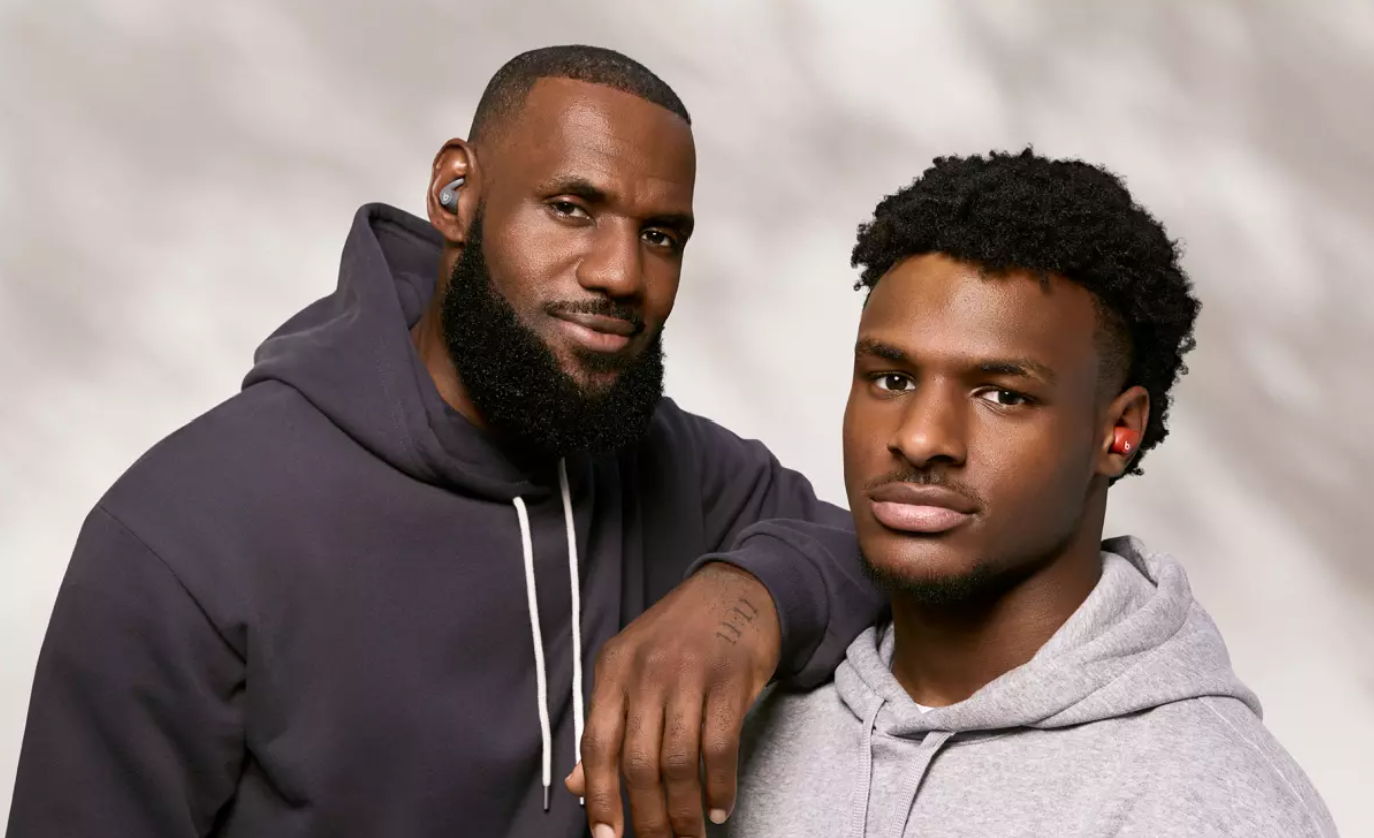By David Goldman, Sports Editor
Should NCAA student athletes get paid? This is the question that has been heavily debated over the years regarding college athletics. On one hand, student athletes bring in millions of dollars for their respective schools, and some participate in similar training schedules to professional athletes. The other argument is that they are students first and that being paid to play their sports in college would only lead to distractions.
However, on July 1, 2021, NCAA rules and state laws went into effect that allow athletes to start making money off of their name, image and likeness (NIL) after years of pressure to do so. Minutes after these laws went into effect, athletes from across all NCAA sports began signing endorsement deals with the hopes of making a pretty penny.
NIL deals can include anything from meet and greets, brand endorsements and other media opportunities. Not only does this give student athletes a chance to market themselves to the world, but it also opens the door for marketing agencies to sign these athletes and help them bring in further endorsement deals, just like they do with professional athletes.

University of Iowa basketball player Caitlin Clark has signed a multi-year partnership with Gatorade. (Photo Courtesy of Gatorade)
Shortly after NIL laws went into effect, a website called “On3” was launched to provide news about NIL deals. The website provides updates on new NIL deals around the NCAA and shows the NIL valuations of top athletes. This has proved to be a valuable tool for athletes looking for endorsement deals and also for brands looking to see which athletes are the most marketable.
With the news of NIL deals becoming legal, donor-funded organizations called collectives began to pop up in order to help student athletes navigate the complex business world they found themselves in. These collectives are not formally associated with the colleges they support but are still able to connect athletes with various endorsement opportunities, as well as offer advice on how to take advantage of their NIL.
Collectives are also able to pay student athletes, but in order to remain “NCAA eligible,” athletes must provide proof that they performed a service in exchange for the money. These collectives cannot be used as a recruiting tool, and if they are, the schools will be punished by the NCAA. Recently, the Florida State University football program was penalized for driving a recruit to a meeting with a collective during their visit to campus.
Although schools cannot use NIL and collectives as a way to entice prospective students to commit to their institutes, athletes are still doing their research to determine which programs could be most profitable. Big name schools are more likely to attract athletes who prioritize NIL money, as these programs get the most attention with endorsement opportunities.
In January of this year, the NCAA’s Division I Council put into effect a set of consumer protection rules surrounding NIL. One of these rules included the requirement of student athletes to report any NIL deals worth more than $600 to their colleges. The NCAA also plans to give colleges themselves a more active role in NIL deals for their students, with the hopes of improving the NIL landscape.
Currently, athletes with the most NIL attention have net worths of over a million. Top earners include student athletes such as University of Southern California basketball player Bronny James, University of Iowa basketball player Caitlin Clark, Louisiana State University gymnast Livvy Dunne and University of Colorado quarterback Shedeur Sanders.
Some say that having all of this attention and money is too much for a college student to handle while others say that these hard working athletes are finally being rewarded. Whatever stance you take, it is important to understand that NIL is still new, and it is bound to undergo change in the near future.
This article originally appeared on page 22 of the April 2024 edition of The Gettysburgian’s magazine.

